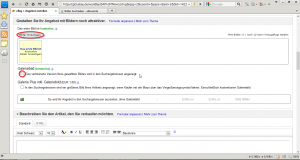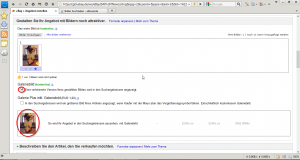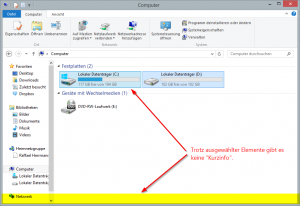How to add multiple free images to your eBay auction
 Today it is about eBay. Specifically, about how you can add as many pictures as you like into your auction description for free. So there will be no additional costs, such as it would normally be the case, when you use the image features of eBay. Thankfully eBay gives us almost everything that is needed to add free images to our auctions.
Today it is about eBay. Specifically, about how you can add as many pictures as you like into your auction description for free. So there will be no additional costs, such as it would normally be the case, when you use the image features of eBay. Thankfully eBay gives us almost everything that is needed to add free images to our auctions.
To better explain the procedure, I created a fictitious offer on Ebay. Who does not like to read, of course, can also scroll to the end of the article and watch the whole explanation as screencast. And here’s how it works:
Step 1:


After you have entered the basic information and are located yourself […]

 For several weeks Microsofts development environment, called WebMatrix, is available in version 3. As already the first and second version was, WebMatrix 3 is a free development environment for websites and web applications of different platforms such as ASP.NET, PHP, and HTML5.
For several weeks Microsofts development environment, called WebMatrix, is available in version 3. As already the first and second version was, WebMatrix 3 is a free development environment for websites and web applications of different platforms such as ASP.NET, PHP, and HTML5.